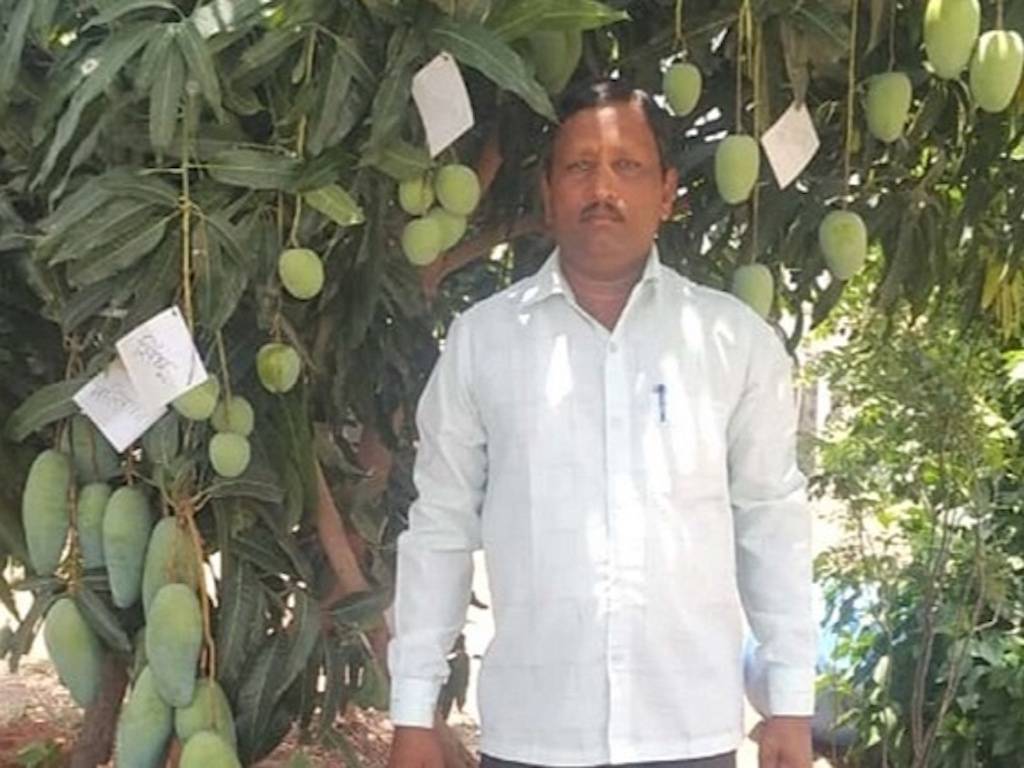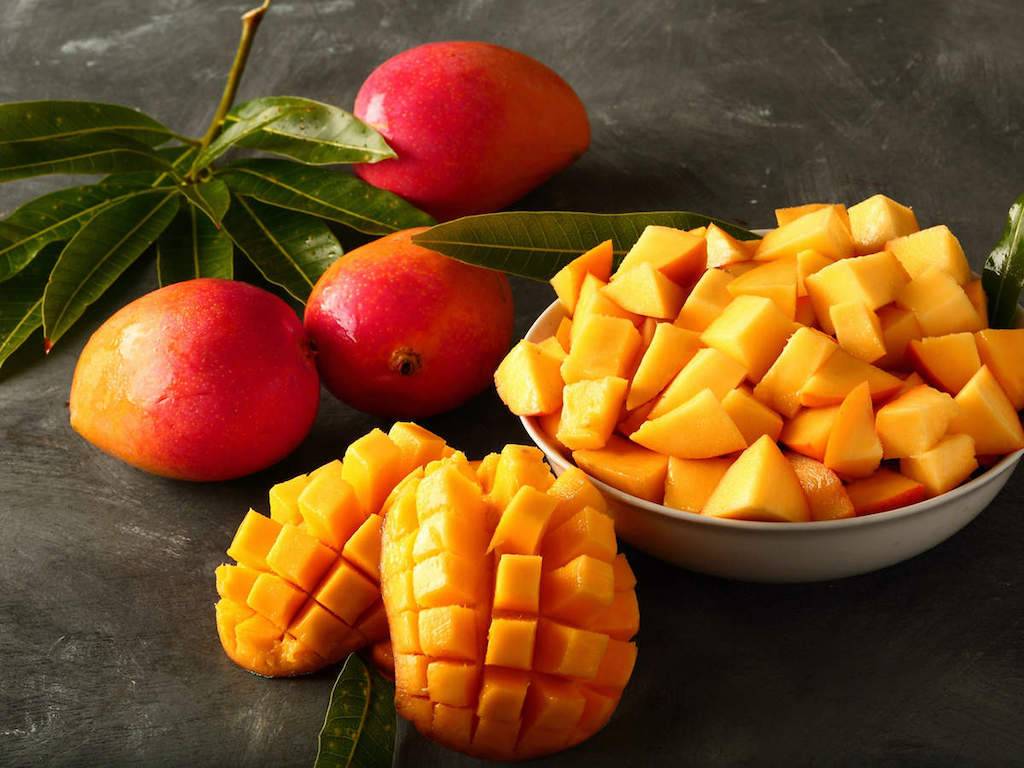
Kakasaheb Sawant has gone a long way after working for many Pune-based automobile companies for nearly a decade and now owning a plant nursery that provides him up to Rs.50 lakhs per year. “People laughed at me when I cultivated mangoes a decade ago because they believed mangoes could only be produced in the Konkan, which is famous for its Hapus aka Alphonso,” says Sawant.
Sawant's family owns 20 acres of land in Antral village, Jat Taluka, Sangli district, Maharashtra, that comprises his two primary school teacher brothers. This area is also prone to drought.
The settlement, which is 15 kilometers from Jat town, is home to about 280 families. The taluka, which has fertile black soil and receives close to 570mm of rainfall, has 125 villages. Their farming activities are subject to the whims of nature, which the locals refer to as "hangami sheti."
Mangoes are considered a "novelty" and "exotic" by farmers who raise grapes or pomegranates. Bajra (pearl millet), maize, jowar (sorghum), wheat, and pulses are the most popular crops.
Sawant's 15-member family now lives in Banali, which is 5 kilometers from Antral and is noted for its deity Shri Banshankari. “We hope to move to our bungalow house in Antral, which is under construction, in two months,” he continues.
Mango and non-mango orchards are evenly divided among the family's farm parcels. The Kesar type takes up 10 acres of the 10-acre area, which also includes chikoos, pomegranates, custard apples, guava, and tamarind trees.
Sawant's nursery is shade-netted and covers one acre, while the mother plants from which the saplings are grafted cover another ten acres. The scions to be grafted for the Raiwal mango variety's rootstocks come from these mother plants of the Kesar type.
“Previously, I worked as a teacher at a technical institute in Sangli. When I was transferred, I decided to go back to my village and take good care of the family's farm fields,” says Sawant, an automobile mechanic with a diploma from the Industrial Training Institute.
“I have not repented my decision because I now make significantly more,” he adds. Farmers and organizations such as schools, panchayat offices, and others buy fruit trees and wild plants from my nursery, which helps to green the taluka.”
'Exotic' Fruits in a Nursery
Sawant started his mango orchard in 2010, and 5 years later, he spotted a chance to build Shri Banshankari Rop Vatika, a nursery. He has installed two 4km long pipelines to draw water from the Krishna river's Mhaisal Irrigation Scheme to irrigate the trees. He's also constructed a holding pond with the help of a state agriculture department grant.

He produces 2 tons of mangoes per acre annually, for a total of 20 tons, and is now a role model for many other farmers in this water-scarce area. Sawant has grown from an auto mechanic to a 'agri-preneur,' employing 25 people at his farm and nursery.
Sawant has taken advantage of various government programs that provide financial assistance in the establishment of a nursery, the construction of a packing house, the establishment of a mango orchard, and finally, success. Sawant sells roughly 2 lakh mango saplings a year, as well as 1 lakh custard apple, jamun, fig, chikoo, guava, tamarind, and lemon saplings, for a total of Rs 40 to Rs 70 each sapling.
Mango Sapling Grafting
Malis from Dapoli, 225 kilometers from Sangli, are hired by Sawant to work at his National Horticulture Board-licensed nursery. They reside with Sawant's family and eat their meals with them from June to August as they prepare the grafted seedlings. Sawant says, "They're highly good, and I've picked up sapling grafting skills from them."
“When picking the branch to be grafted, make sure the leaves on it are not over four months old and the branch is sensitive with a touch of green,” Sawant, who was conferred the title of ‘Udyan Pandit' by the Maharashtra government, explains. The outside temperature should be between 25°C and 30°C, which is what it is in early May here.”
A three-year-old mango tree with 22 types grafted on it is filled with green fruits and branded with titles that sound like separate museum exhibits at this time of year.
Sindhu, Dudhpedha, Kroton, Sonpari, Dasheri, Vanraj are some of the names you'll come across. Sawant, who is always on the hunt for new mango kinds, expects to attain the magical number of 100 grafts on a single tree in a few years.
(Also read another Successful Story of Kalimullah Khan who grew more than 300 varieties of mango.)












